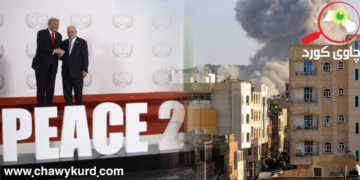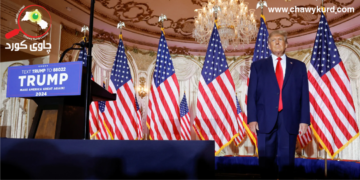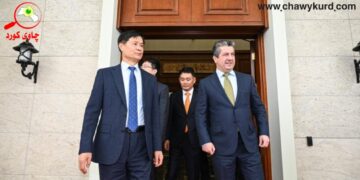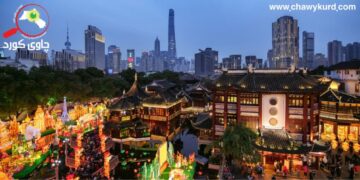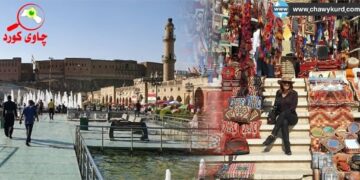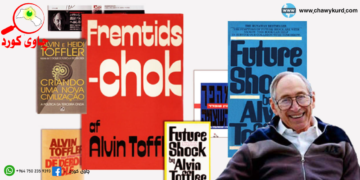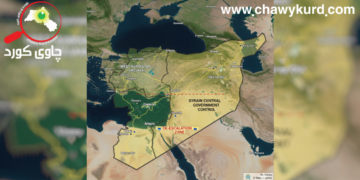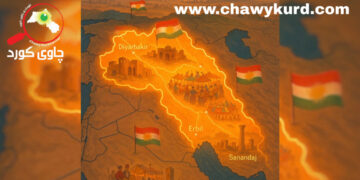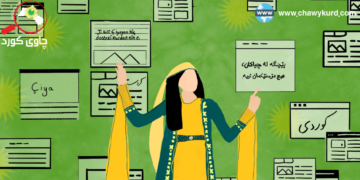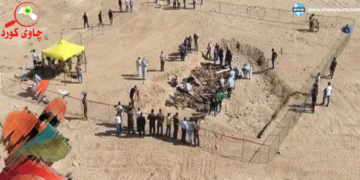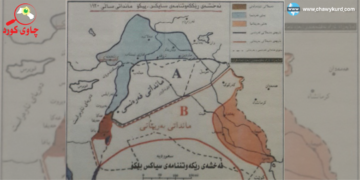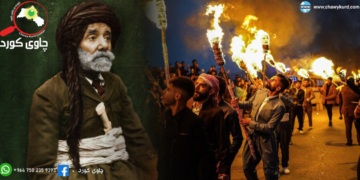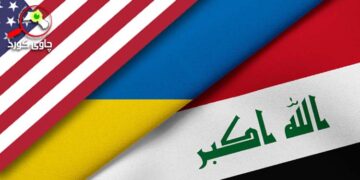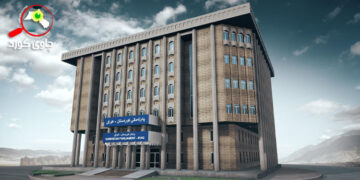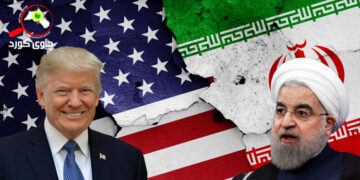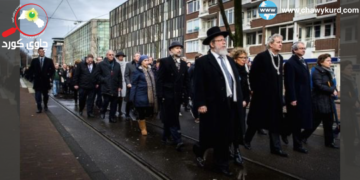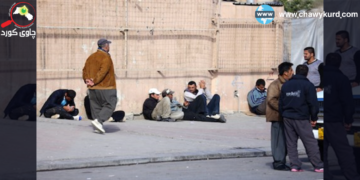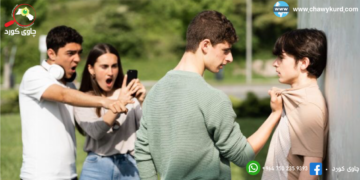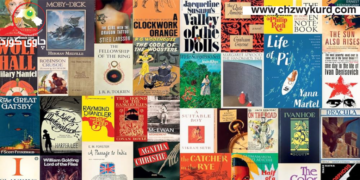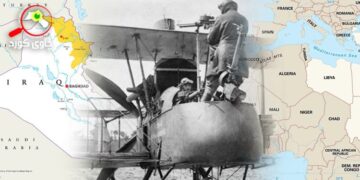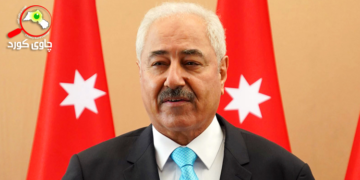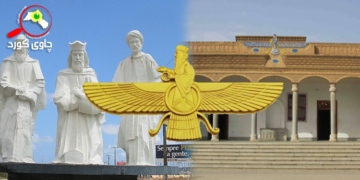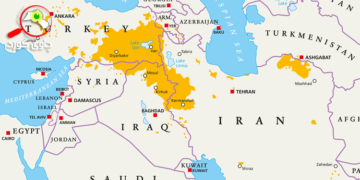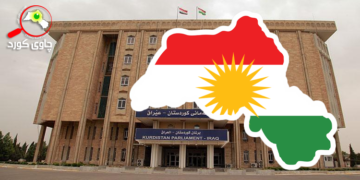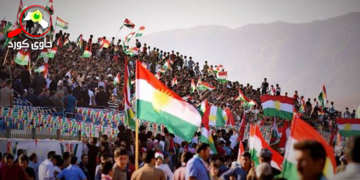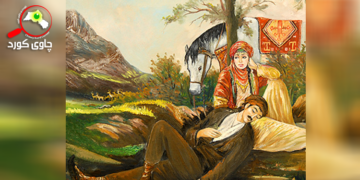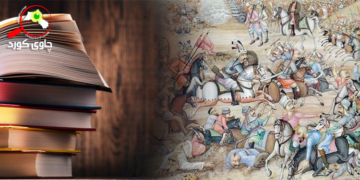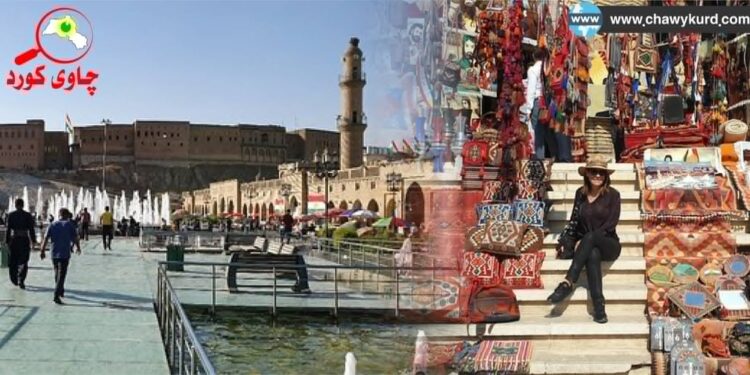History of Kurdish Handicrafts
Weaving Kurdish rugs and textiles, casting jewelry, is an art tracing several centuries back to its roots in the nomadic and pastoral way of life that the Kurdish people had to endure. Traditionally, these were not only objects used for everyday purposes but also important cultural items representing social, economic, and spiritual existence. Natural dyes, wool, and intricate hand-weaving techniques made each piece unique and full of cultural narratives.
These are some of the Kurdish tribes, each of which developed specific styles and motifs reflecting their geographical surroundings and traditions. Most of their designs are symbolic, flowers, stars, animals, or geometrical, and each has its special meaning, from protection to fertility to prosperity.
Kurdish Rugs and Textiles: An International Perspective
Among the most in-demand Kurdish rugs come from the following: Bijar, Senneh (Sanandaj), and Hakkari. Kurdish rugs are in high demand because they are durable and show such intricate artistry. The rugs of the village of Bijar are called “iron rugs” because of their solid construction; this is because of the tight weaving that allows them to have such a long life. Likewise, kilims of Senneh boast dainty patterns and high craftsmanship.
Within the last couple of years, Kurdish textiles have gained a wider audience among collectors and decorators in Europe, the United States, and the Middle East-a demand driven by a desire for authenticity and handmade goods. Greater awareness of this kind of craftsmanship as sustainable and of cultural importance also opens up these crafts to more lucrative markets receptive to ecologically friendly and ethically produced goods.
Hand in hand with this, kilims and tapestries have also gained popularity worldwide for use in modern interiors on rugs, wall hangings, and upholstery.
Revival Efforts and Modern Adaptations
Besides, institutions such as the Kurdish Textile Museum in Erbil have played a very important role in this regard, saving these traditional crafts and making them better known. Such initiatives, through the training of new artisans and exhibition platforms for awareness of Kurdish heritage, secure the survival of the art forms against the growing competition from machine-made products.
Not only are the artisans modernizing their tastes by trying new designs, but they also traditionally create items that appeal to the younger, style-conscious consumers for things such as pillow covers, scarves, and fashion accessories.
Kurdish Jewelry: A Symbol of Identity and Status
Jewelry has played an important role in Kurdish culture and largely portrayed the status of a person, his possession, wealth, and identity. Traditional Kurds jewelry includes necklaces of gold, pendants with coins, studded turquoise rings, and handmade silver belts.
The themes used are, in general, the sun, representing hope and strength, or even highly intricate floral motifs that denote the bounty of nature. Much jewelry is passed down in the family, often with cultural and family histories represented in each heirloom item.
One of the reasons Kurdish jewelries may be so popular in the global market is its authentic craftsmanship. Unlike mass-produced items, all Kurdish items are handmade, thus passing techniques from generation to generation. The immediate result is to make such items highly wanted by collectors, tourists, and consumers who want unique accessories.
Challenges Facing Kurdish Crafts
Despite their cultural and artistic values, Kurdish rugs, textiles, and jewelry face significant challenges:
Globalization: inexpensive mass-manufactured products from places like China, Turkey, and Iran render the Kurdish craftspeople unable to compete on price.
Disappearance of Artisans: fewer numbers of younger people are interested in continuing traditional craftsmanship because there is little financial security attached to it.
Instability in the Political Sphere: Kurdish areas stretch over parts of Iraq, Iran, Turkey, and Syria and have been plagued with political and economic issues that hinder access for the artisans to wider markets and resources.
The Role of Tourism and Online Markets
Tourism has become a significant driver of demand for Kurdish crafts. Visitors to the Kurdistan region often purchase rugs, textiles, and jewelry as souvenirs, fostering a connection with the culture. Additionally, e-commerce platforms have opened new opportunities for artisans to reach international buyers directly, bypassing intermediaries.
Efforts by non-profits and fair-trade organizations to market Kurdish crafts globally have also contributed to increased sales while ensuring artisans receive fair compensation.
Cultural Representation and Identity:
Kurdish rugs, textiles, and jewelry are much more than just simple commodities; they are a means of representation for Kurdish people. The motives, colors, and techniques of this traditional craftsmanship speak to the resiliency and creativity of the Kurdish people in light of suppression by both cultural and political agendas. Every piece tells a story-be it celebration of nature, memory of a loved one, or reflection of historical events.
In diaspora, Kurdish crafts became powerful symbols of pride and continuity in Kurdish culture. Owning them or giving them as gifts to others is a way for many to stay attached to their heritage and to share it with the world.







